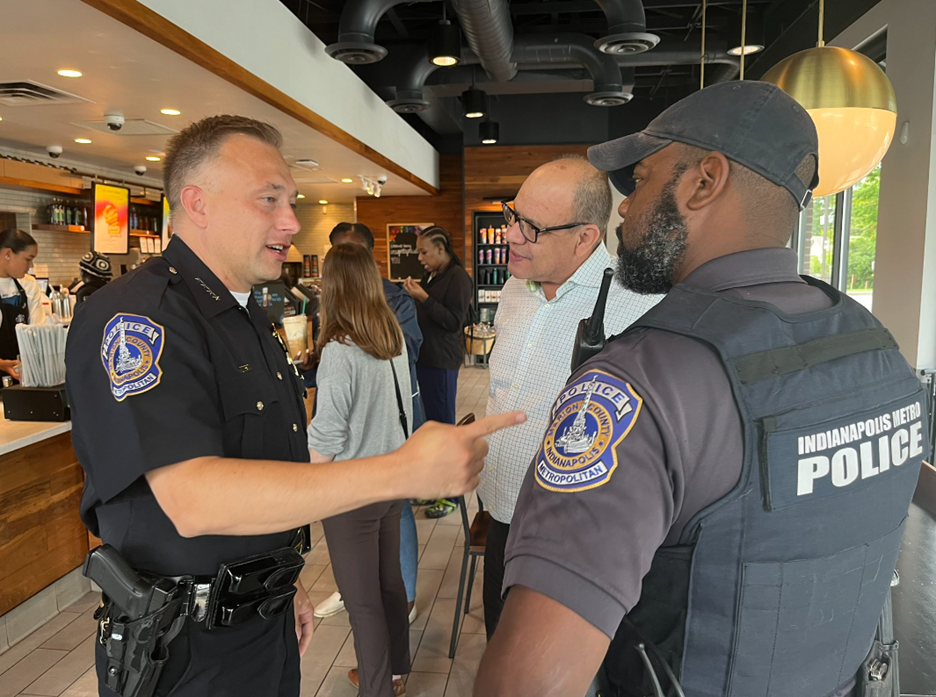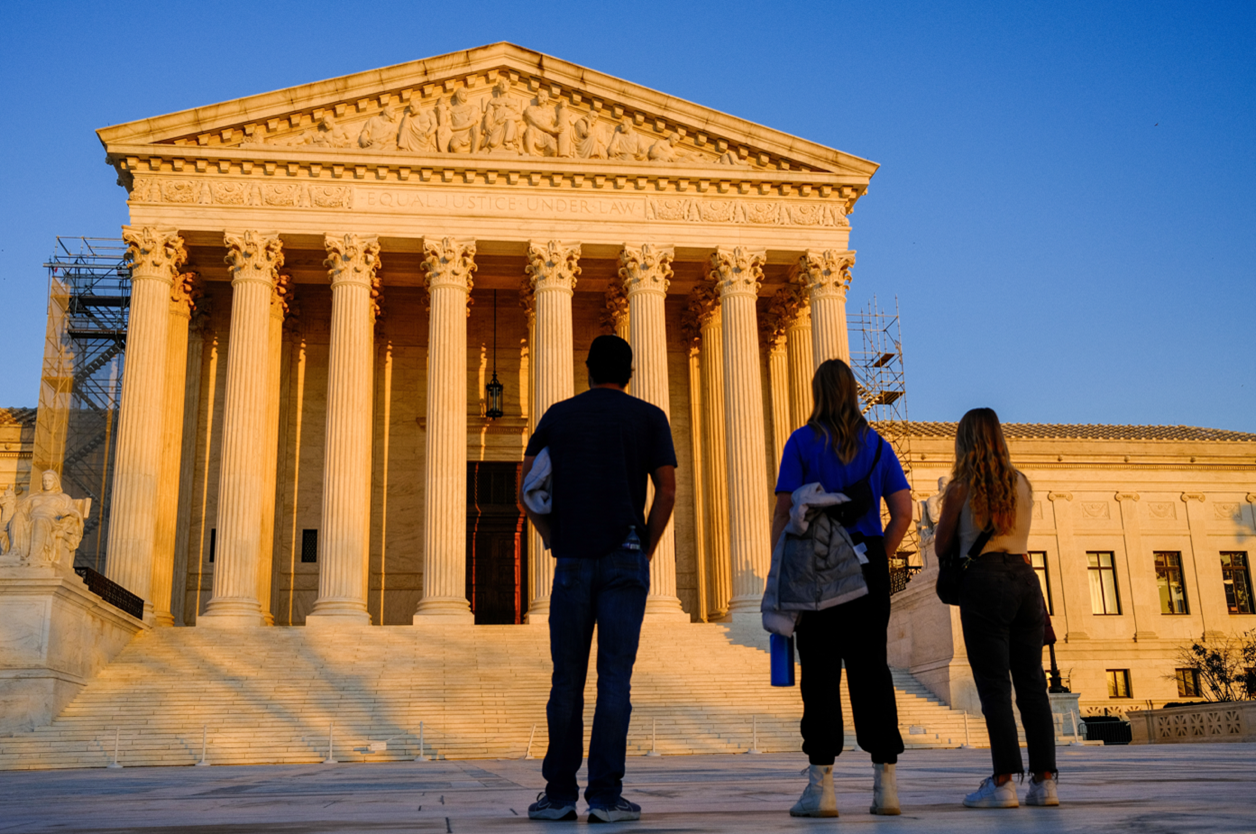|
July 6, 2024 A few recent developments about gun regulation and policy
PERF members, This week I’m going to briefly highlight a couple of recent firearm-related policy changes and legal decisions. Should police departments sell their used firearms? This week Indianapolis Metropolitan Police Chief Chris Bailey announced that his agency will no longer sell department-owned firearms after they are replaced. Chief Bailey made this decision after reporting by CBS News, The Trace, and Reveal that more than 50,000 former law enforcement duty weapons were used in crimes from 2006 to 2022, including the murder of an Indianapolis 19-year-old with a gun that had been previously used by a sheriff’s office in California. When I spoke with Chief Bailey, he told me that this murder really affected him, and he made the policy change in response to it. He thinks police leaders should start conversations with their communities and elected officials about this issue.
Indianapolis Metropolitan Police Chief Chris Bailey (left) Source: @IMPD_Chief Minneapolis Chief Brian O’Hara made a similar change in his agency. I spoke with him about this change, and he told me that when he became the public safety director in Newark, the city’s policy was to sell the department’s guns to licensed gun dealers. After one of those firearms was used in a shooting in Pennsylvania, he changed the policy, and the city instead began destroying those weapons. He made a similar policy change after arriving in Minneapolis. He told me the income from these sales is relatively small, and selling guns works against the goal of getting firearms off the street. Building community trust and reducing gun violence are far more important than any money made from those gun sales.
Minneapolis Police Chief Brian O’Hara While many agencies are understandably looking to get value from property they are no longer using, others are deciding that the risk of one of the agency’s former weapons being used in a crime is not worth the income. And in at least one city, Seattle, the police are required to destroy their unused firearms. Some chiefs face a similar conundrum with seized firearms. City leaders may want the income from selling the seized firearms, but chiefs don’t want to put those guns back into circulation. And some states prohibit law enforcement agencies from destroying functional firearms. As of last year, North Carolina’s 10 largest cities were warehousing more than 74,000 firearms that they were not allowed to destroy. I spoke with Phoenix Chief Mike Sullivan, who has worked in two states – Arizona and Kentucky – that prohibit police from destroying firearms. He told me his agency’s property storage room has thousands of crime guns they are warehousing because they do not want to put the weapons back out on the street. SCOTUS decisions about guns The Supreme Court issued several rulings in recent weeks that will affect gun regulations. First, the justices struck down ATF’s 2018 rule classifying bump stocks as machine guns. The rule was enacted under the Trump administration and also supported by the Biden administration. As I wrote to you in March, our 2019 report on reducing gun violence called for a ban on the sale and importation of bump stocks, so I had hoped the rule would remain in place. Bump stocks allow semi-automatic weapons to fire faster and were banned after a gunman fired more than 1,000 rounds, killing 60 and injuring hundreds, at a Las Vegas concert in 2017. In her dissent, Associate Justice Sotomayor remarked: “When I see a bird that walks like a duck, swims like a duck, and quacks like a duck, I call that bird a duck. A bump-stock-equipped semiautomatic rifle fires ‘automatically more than one shot, without manual reloading, by a single function of the trigger.’ [...] I, like Congress, call that a machinegun.”
Then, the court upheld a federal law that prohibits those under a domestic violence restraining order from possessing a firearm. This week, the court decided not to hear a challenge to a state-level assault weapons ban. And the court recently decided to overturn its 1984 Chevron decision, which instructed courts to generally defer to federal agencies when interpreting laws. As The Trace reported, this will likely affect ATF’s firearms regulations. And this fall the court will take up a case about an ATF rule that included unfinished parts in the definition of a firearm. This rule, designed to regulate “ghost guns,” was struck down by the 5th Circuit. The Department of Justice appealed to the Supreme Court, which agreed to take up the case in its next term. According to ATF, more than 45,000 suspected ghost guns were recovered by police at crime scenes from 2016 to 2021. PERF, the Major Cities Chiefs Association, and dozens of individual current and former law enforcement officials signed onto an amicus curiae brief in support of the Department of Justice’s appeal. In the brief, we argue, “the Final Rule’s regulation of ghost guns closes a critical gap in the treatment of these dangerous weapons as compared to other commercially available firearms in a way that is essential to protecting both national security and public safety.” Enjoy the holiday weekend! Best, Chuck |



